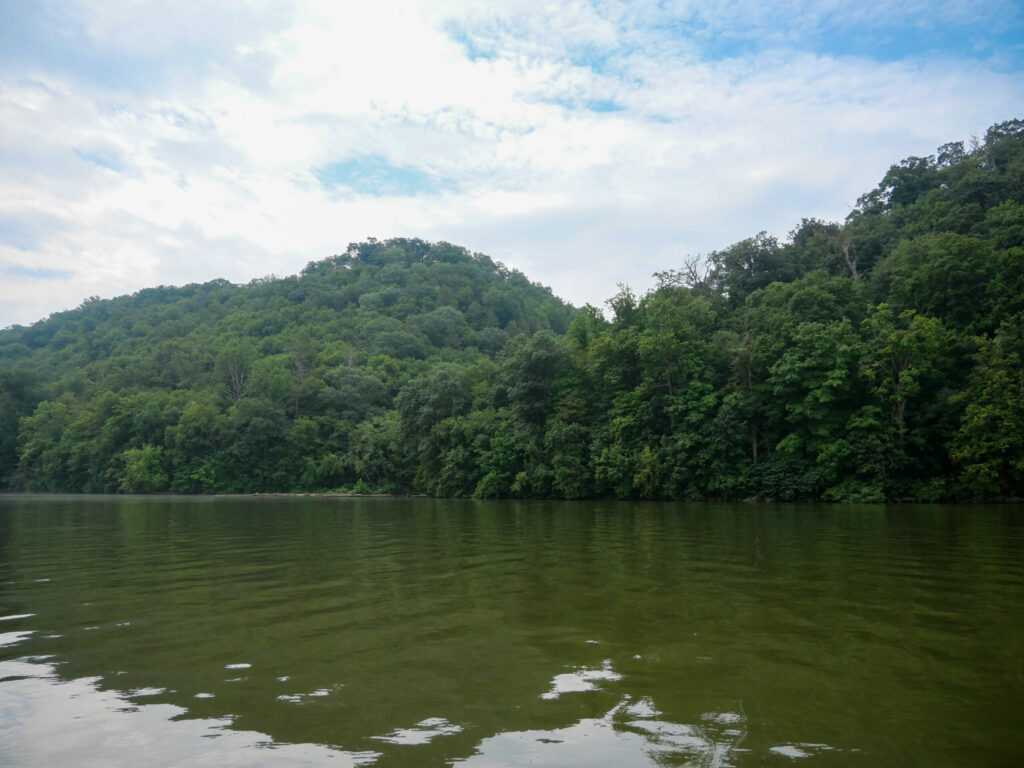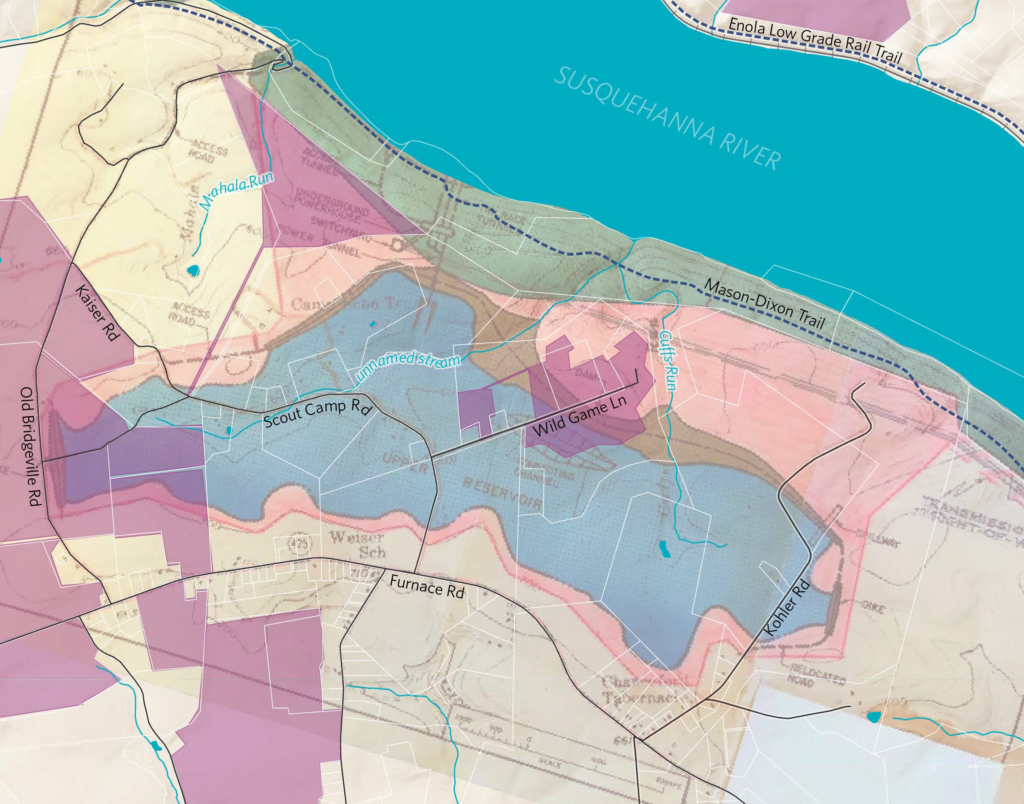Opposition continues to build to the $2.5 billion hydroelectric pumped storage facility that’s being proposed at Cuffs Run in York County in the lower Susquehanna River basin, with local officials and nonprofits are standing united against it.
In November, York Energy Storage of Berks County applied to the Federal Energy Regulatory Commission for a preliminary permit application. As the name applies, it is a first step; additional permits would be needed for construction to commence.
The project would involve constructing two dikes and a 225-foot-high dam extending 1.85 miles, creating a reservoir that would permanently flood 580 acres. The water would power turbines with a total capacity of 858 megawatts and annual generation capacity of 1.5 million megawatt-hours.
The project would affect 1,000 acres in all, including an estimated 50 properties, two preserved farms and a large forested area.

Since FERC published the notice Feb. 7, a wide range of local groups have come out against the idea. The latest to do so are Columbia Borough and the York County and Lancaster County Planning Commissions.
“This is too important to wait for the next step,” Columbia Borough Council President Heather Zink said on Tuesday. Opposing the project, she said, aligns with Places 2040, Lancaster County’s comprehensive plan, which prioritizes “thinking across borders” to take account of regional impacts including those in a neighboring county; and “preserving what we have.”
Her colleagues agreed, voting unanimously to approve a letter to FERC urging it to deny York Energy Storage’s application.

Meanwhile, a bipartisan coalition of elected officials led by U.S. Rep. Lloyd Smucker, R-Lancaster, followed up their Feb. 12 press conference with an op-ed Wednesday in the York Daily Record. It is signed by Smucker, the state legislative delegations of York and Lancaster counties and their respective county commissioners: 26 individuals in all.
The proposed project “would irrevocably damage the most pristine area of the lower Susquehanna,” the op-ed says — an area that has been declared a National Heritage Area and where more than $100 million has been invested to develop tourism and recreation opportunities.

Nonprofits opposing the project include the Lower Susquehanna Riverkeeper Association, the Lancaster Conservancy and the Susquehanna National Heritage Areas, which are urging their supporters to submit comments to FERC.
“This is an important moment in our conservation history,” Conservancy President Fritz Schroeder said in an email to the organization’s supporters.
Pumped storage facilities pump water into their reservoirs during low energy demand periods, then release it to generate electricity when demand is high. On balance, the Cuffs Run project would generate less energy than it uses, Schroeder wrote.
“While the developers claim this is ‘green technology,’ it is anything but when hundreds of acres of forest will be lost,” he said.
In a letter sent to Smucker in response to the Feb. 12 event, York Energy Storage’s William McMahon Jr. said the opposition is misguided. The project will promote reliability and advance the transition to clean energy; moreover, it will be “almost invisible to the public.” It will provide a major boost to local property taxes without requiring municipal services or incurring the externalities — added road traffic, increased school enrollment — that conventional development entails.
“(W)e do believe we are helping the people of Lancaster and York Counties in a way few people can do,” he wrote.






